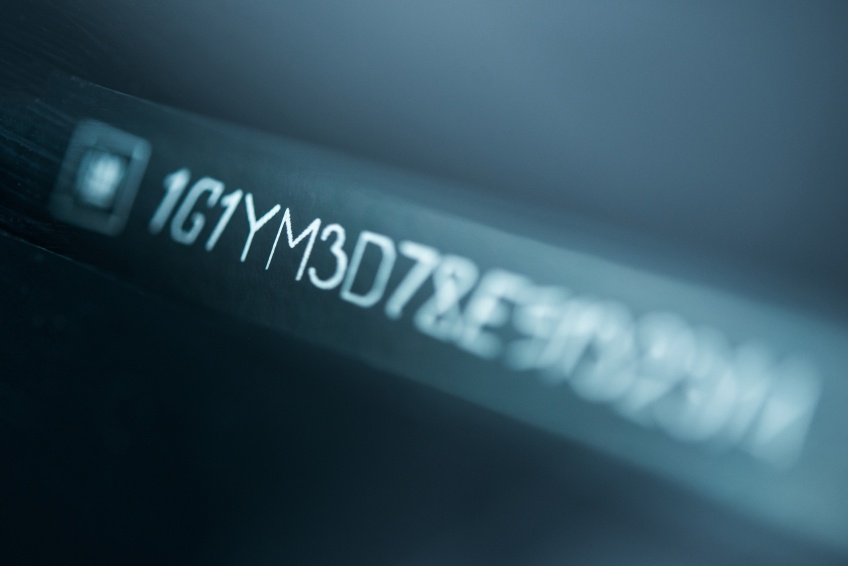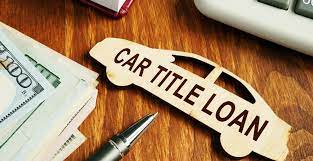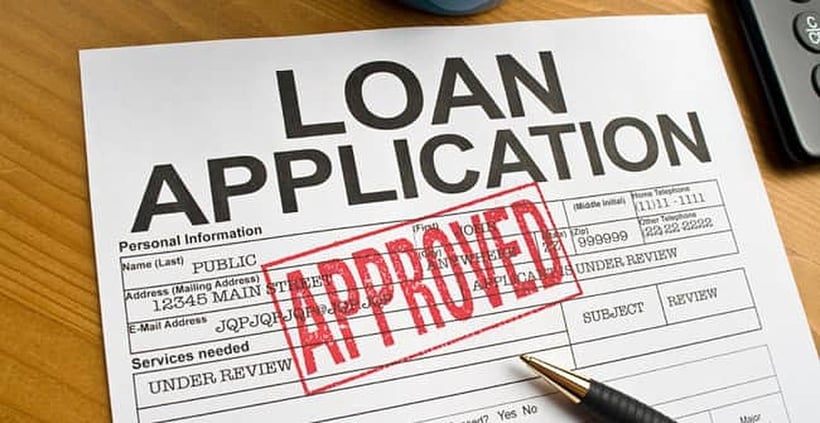Title loans allow borrowers to leverage their paid-off vehicle’s value to obtain emergency cash ranging from $100 up to $5,500 or more in states where legal. By temporarily signing over their car title to a lender, consumers can walk out with funds in-hand based on a percentage of the automobile’s resale value. But before approving any amount, title lenders first require apprenticing the vehicle identification number (VIN) tied uniquely to your car.
What Exactly is a VIN?
Appearing as a 17-character combination of letters and numbers, a VIN essentially functions as your car’s Social Security Number – an exclusive alphanumeric sequence assigned to every passenger vehicle sold in order to accurately identify it. VINs didn’t become mandated for all models until 1981, so some older cars may not have an available number to reference. But anything produced from the early 80s onward will feature a VIN etched in various locations throughout the chassis and components.
Lenders Need Your VIN to Confirm Three Key Factors
- Proof of Legal Ownership Status
The VIN directly links to documentation proving current ownership and any related lienholders or brands associated with a vehicle. Title lenders first validate no other finance companies have claim over the car. By calling upon the VIN’s digit combination through DMV record searches, lenders verify applicants indeed rightfully own the vehicle outright themselves. Anything showing conflicting names or active liens means the car fails to qualify as collateral.
- Accurate Valuation for Loan Amount Calculations
In addition to certifying sole legal ownership status, title lenders heavily rely on VIN-derived vehicle identification details forcritical appraisal and loan-to-value decisions. The unique VIN digs up specifics around year, make, model trims, installed features/packages, powertrain configurations and other equipment factors influencing overall automobile market value. Whether checking industry pricing guides or dealer-based appraisal tools, the VIN inputs guarantee accurate record pulls of all variables impacting worth – far more so than just estimating from the car badges and mileage alone. Loan amounts end up aligned to what the vehicle could reasonably sell for.
- Linking the Title Loan to the Car as Collateral
The VIN literally connects the physical automobile itself as the pledged asset associated with loan documents exchanged. Upon title loan approval after vetting ownership freedom, value calculations and state legality checks, lenders essentially take temporary possession of the vehicle title from borrowers. Title documents undergo a lien placement process directly referencing the car by its exclusive VIN rather than just year/make specifications. This ensures no confusion identifying exactly which vehicle links to collateral if borrowers default on repayment terms down the road. Repossession and sale proceeds directly hinge on unique VIN matching between contracts and actual vehicle seized.
In summary, a title loan approval and issuance cannot move forward without supplying the lender with the car’s VIN details upfront first. The VIN provides the breadcrumb trail to verify applicants indeed solely own the vehicle, accurately establish current cash value and forever tag the automobile as collateral by etching the loan contract with its permanent 17-digit fingerprint. While handing over your title feels risky enough, also be prepared to reference your unique VIN whenever pursuing emergency title loan financing.










